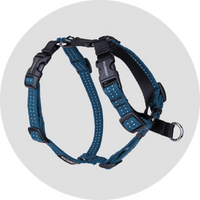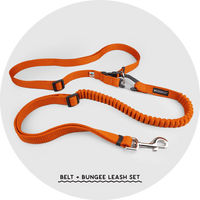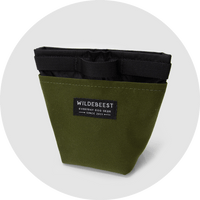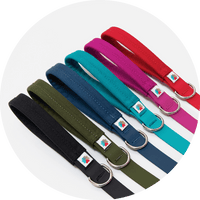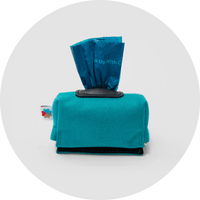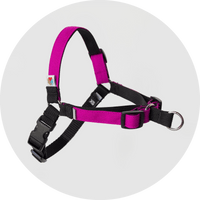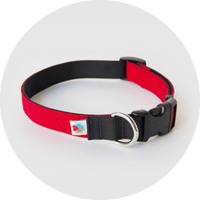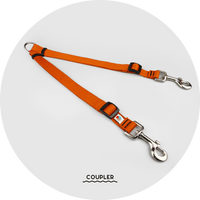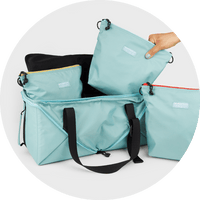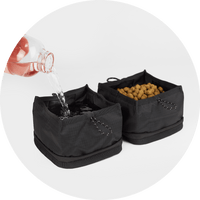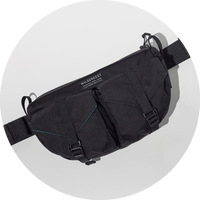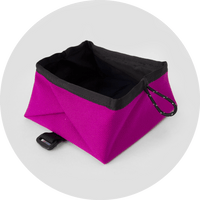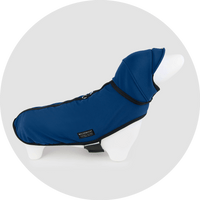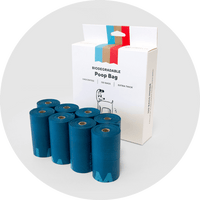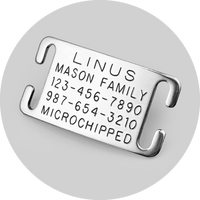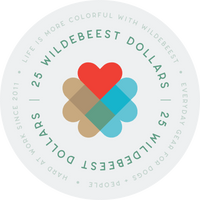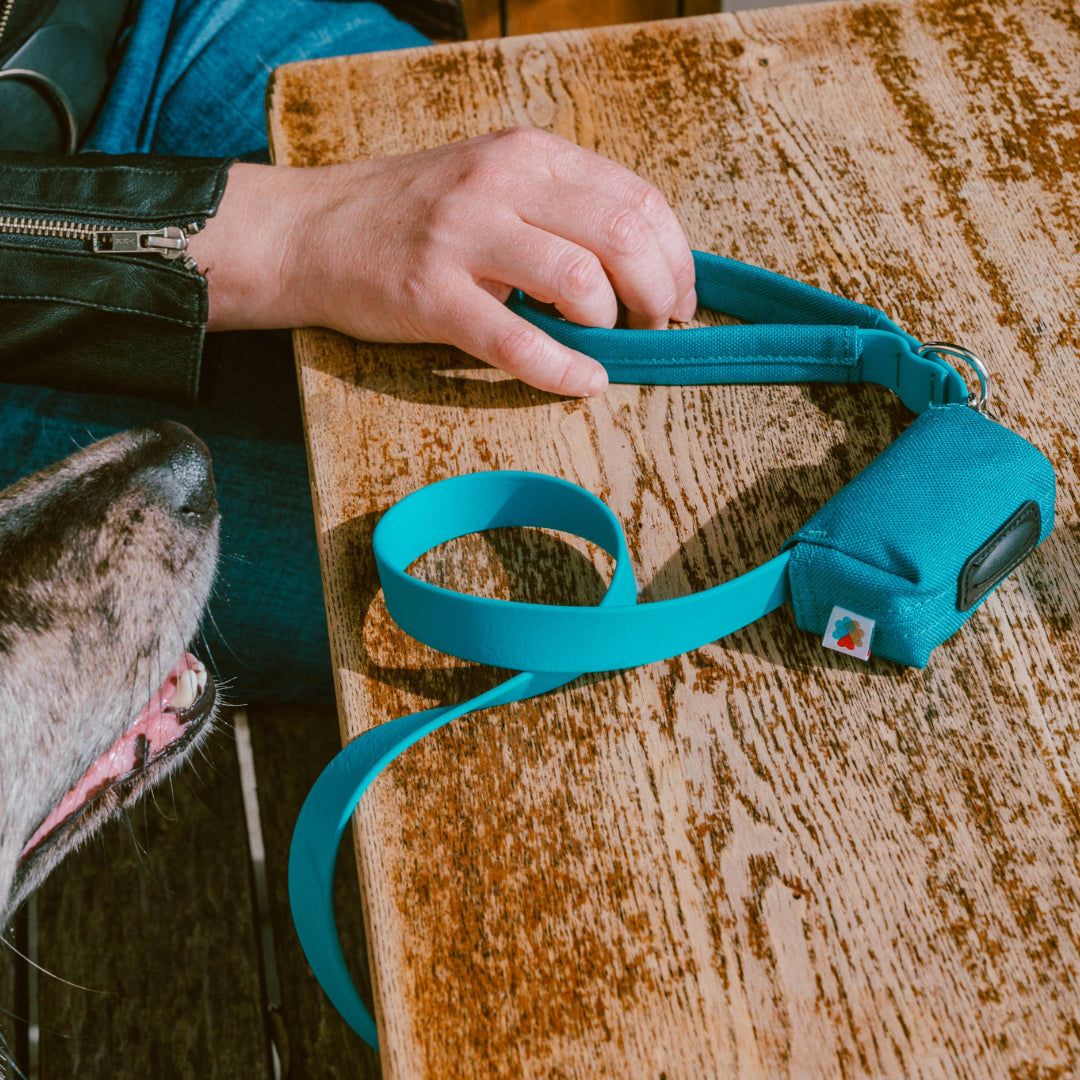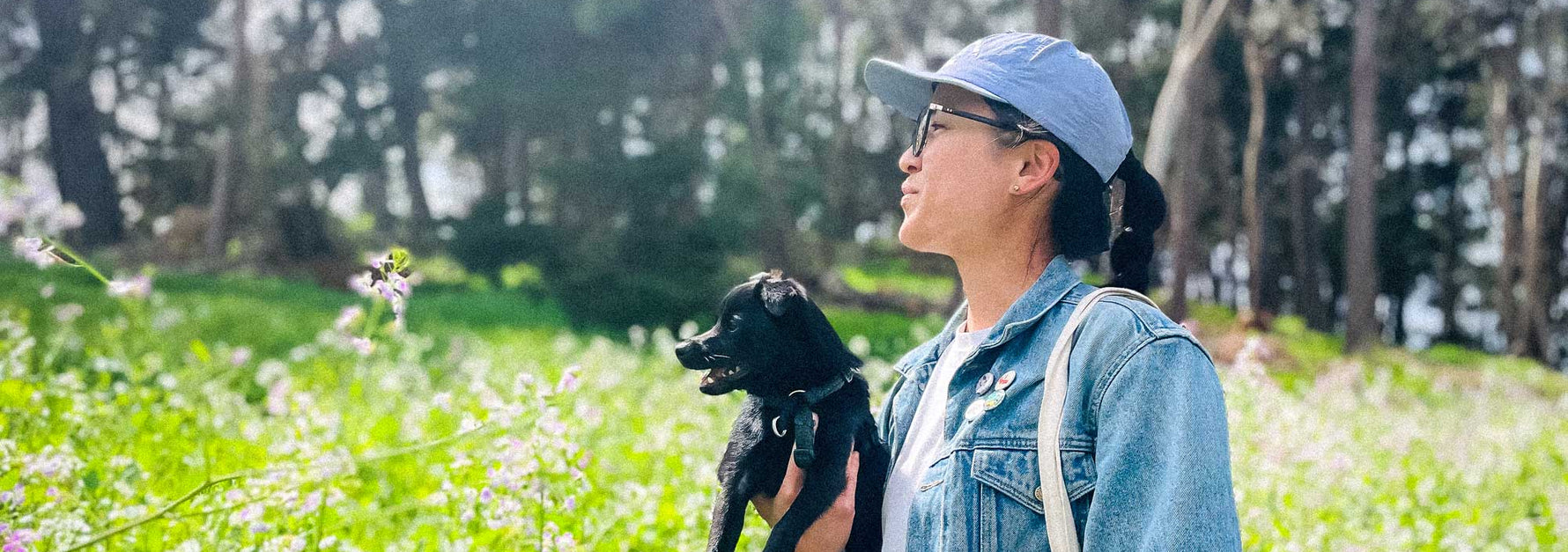Just get a top paw bag this doesnt even compare. The pouch barely can hold onto the belt and when the pouch inevitably falls off your side, all of the snacks/food will fall out because the magnets suck. Be careful having this on your belt and doing anything else at the same time. Like walking or standing.
Thanks for taking the time to leave us your product review. We're sorry that your experience using your Alamo treat pouch has not been a positive one. We'd be happy to assist with a return for a full refund and will reach out to you personally. Thanks again!
The best harness we have!! I just love it. Great quality. The customer service is nothing but 10/10!!!
It’s a great pouch option, durable and right size. The magnetic closure is bonus!
Perfect for longer walks and training sessions. Big storage, enough for both dog and human stuff. Very comfy. I wish the pockets could be a little bit bigger to hold even more treats.

